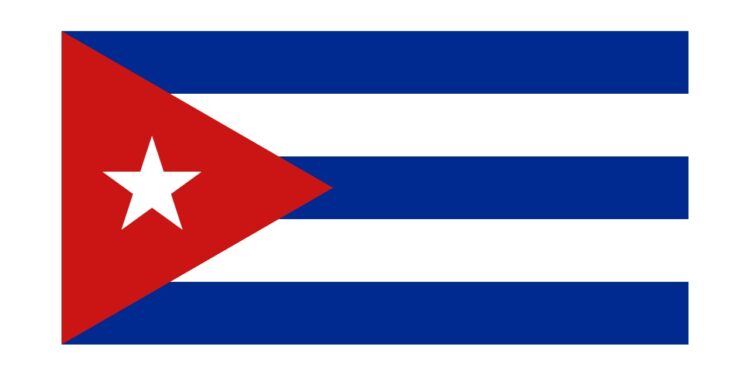Cuba’s path to independence represents one of history’s more nuanced decolonisation stories, characterised by a transfer between imperial powers rather than an immediate leap to sovereignty. Following centuries of Spanish colonial rule, Cuba experienced American occupation before achieving limited independence in 1902. This transition period fundamentally shaped Cuba’s national identity and continues to influence its international relations today. This article examines how Cuba navigated its complex journey from Spanish colony to sovereign nation amid powerful foreign interests.
Spanish defeat opens door to American influence
Spain’s 400-year colonial rule over Cuba ended following the Spanish-American War of 1898, a conflict sparked partly by Cuba’s own independence movement that had been fighting since 1895. When the USS Maine mysteriously exploded in Havana harbour, killing 266 American sailors, the United States declared war on Spain. The brief conflict concluded with Spain’s surrender later that year, but rather than granting Cuba immediate independence, the Treaty of Paris transferred control of the island to the United States. American military forces occupied Cuba from 1898 until 1902, establishing a transitional government that would shape Cuba’s future political framework.
Limited independence under the Platt Amendment
When Cuba finally gained formal independence in 1902, it came with significant strings attached. The Platt Amendment, forcibly incorporated into Cuba’s first constitution, severely restricted the nation’s sovereignty. This amendment granted the United States the right to intervene in Cuban affairs whenever it deemed necessary, established the permanent naval base at Guantánamo Bay, limited Cuba’s treaty-making abilities with other nations, and imposed strict controls on public debt. Rather than true independence, Cuba essentially became an American protectorate, with the US exercising military intervention several times between 1906 and 1921 to protect American economic interests and influence Cuban politics.
The long road to full sovereignty
The Platt Amendment remained in effect until 1934, when it was abrogated as part of Franklin D. Roosevelt’s Good Neighbour Policy, which sought to improve US relations with Latin America. However, American economic and political influence continued to dominate Cuban affairs, with US corporations controlling much of the island’s sugar industry and other key economic sectors. This imbalanced relationship created growing resentment among Cubans, contributing to the conditions that eventually sparked the Cuban Revolution of 1959 led by Fidel Castro. The revolution represented Cuba’s definitive break from American influence, though it came at the cost of becoming entangled in Cold War politics and facing a US embargo that continues today.
Cuba’s independence narrative demonstrates how formal independence does not necessarily equate to immediate sovereignty. The island’s journey illustrates the complex nature of post-colonial transitions, where new forms of foreign influence often replace older colonial structures. For Cuba, full self-determination emerged gradually through decades of negotiation, resistance and revolution. This layered history continues to shape Cuban-American relations and remains central to understanding Cuba’s place in global politics today.
newshub


Recent Comments